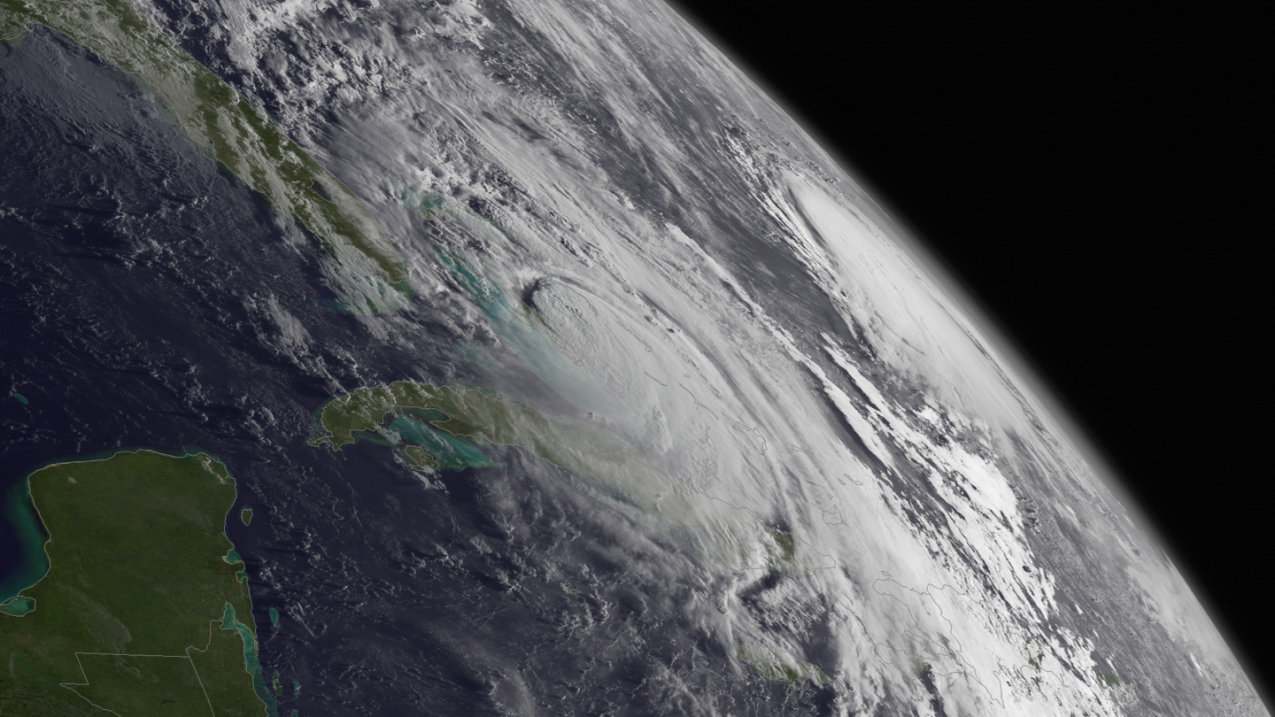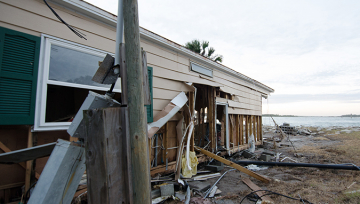It's spring and we're looking at hurricanes? Yes, but we’re not issuing forecasts, we’re studying storms from last season.

Hurricane Matthew. (Image credit: NOAA)

An official website of the United States government
Here’s how you know
Official websites use .gov
A .gov website belongs to an official government organization in the United States.
Secure .gov websites use HTTPS
A lock () or https:// means you’ve safely connected to the .gov website. Share sensitive information only on official, secure websites.
It's spring and we're looking at hurricanes? Yes, but we’re not issuing forecasts, we’re studying storms from last season.

Hurricane Matthew. (Image credit: NOAA)
For every tropical depression, tropical storm and hurricane in the Atlantic and eastern North Pacific basins, a comprehensive review, known as a Tropical Cyclone Report, is performed by the National Hurricane Center.
Think of it as an archive of the storm. The report includes the meteorological history of the storm, intel from satellites, buoys, aircraft reconnaissance, casualty and damage statistics, and a critique of NHC’s forecast and warnings. It becomes an important tool for academic studies, emergency managers use it to plan for future storms, and insurance companies find it helpful for settling claims.

For the 2016 hurricane season, the hurricane center’s scientists wrote 37 Tropical Cyclone Reports, 16 for the Atlantic basin and 21 for the eastern North Pacific basin. The report on Hurricane Matthew was just completed and we learned we did pretty well. The forecast track errors for that storm were significantly lower than the errors over the previous five-years. However, we saw our intensity forecast errors were greater.
And what did we learn about some of the other storms? We found that Earl, Julia, and Nicole all reached tropical cyclone status earlier than we initially thought. We also determined Julia formed over water, not over land. Alex became a subtropical cyclone sooner than originally identified and Otto made landfall as a major hurricane. Being able to pinpoint where and when these storms form and their intensity is precisely the kind of information we need to improve our forecasts. The data in these Tropical Cyclone Reports will used by the scientific community to help us understand and better predict these awesome storms.